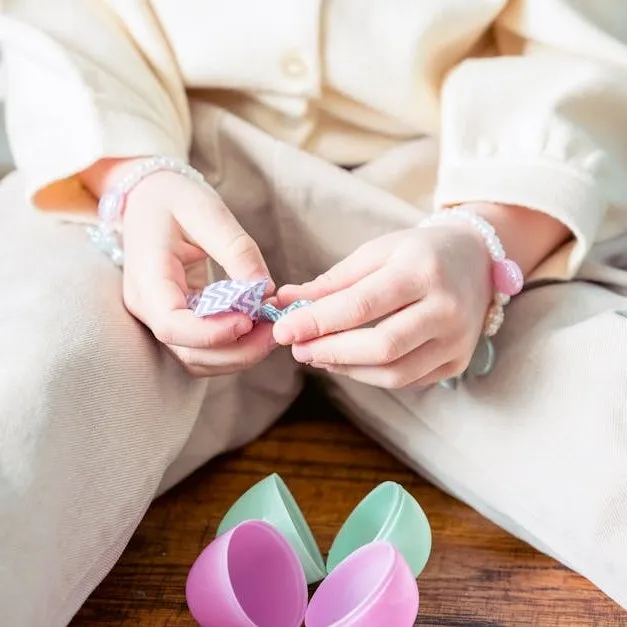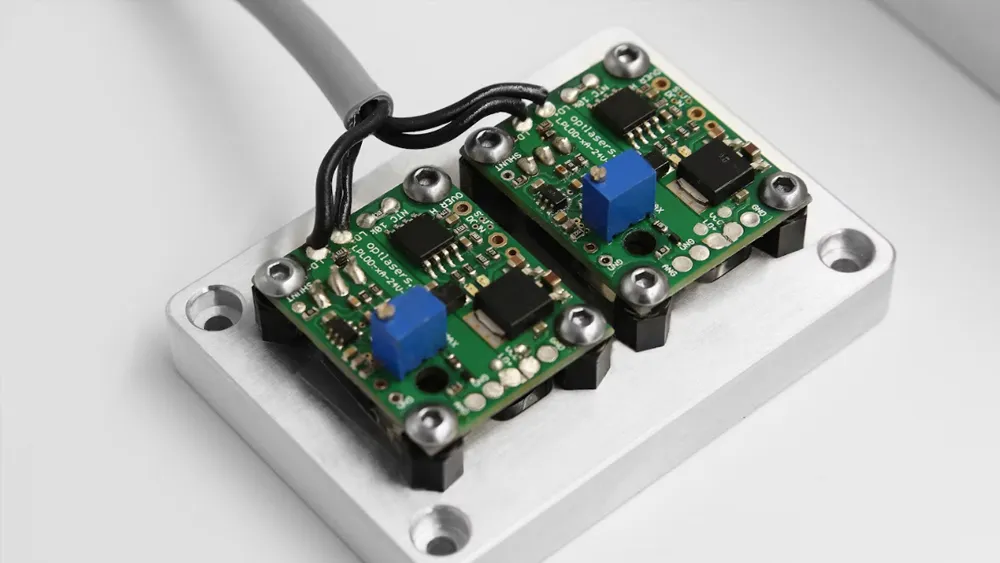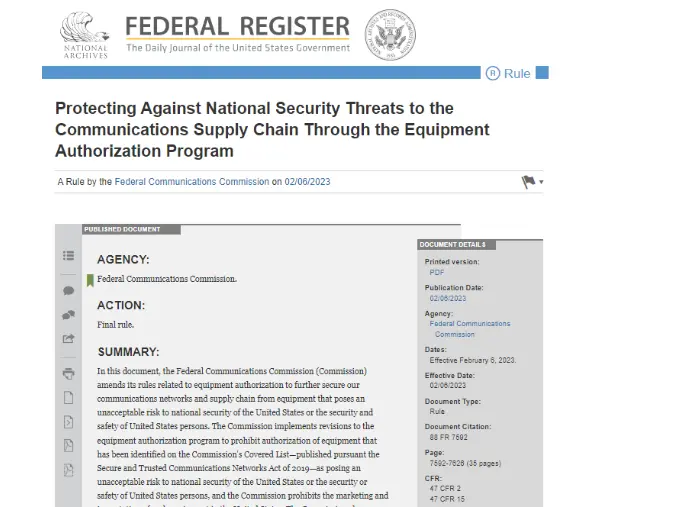
How to get an AS/NZS ISO 8124 Test Report?
AS/NZS ISO 8124: Australian and New Zealand Toy Safety Standard
The AS/NZS ISO 8124standard is based on ISO 8124-1:2009, with additional amendments specific to Australian national requirements. It specifies general safety, structural, and labeling requirements for children’s toys, as well as testing methods.
The purpose of this standard is to REDuce potential hazards posed to children by toys during both intended use (normal use)and foreseeable misuse (improper use). The standard applies to toys intended for children under 14 years of age.

AS/NZS ISO 8124 Test Items Overview
AS/NZS ISO 8124.1 – Safety of Toys (Mechanical and Physical Properties)
Part 1covers safety aspects related to mechanical and physical performanceand applies to all toys, meaning any product or material clearly intended for play by children under 14 years old.
The testing includes the following specific methods:
- Small parts test
- Shape and size testing of certain toys
- Small ball test
- Pom-pom test
- Tests for preschool play figures
- Accessibility of components or parts (including button batteries)
- Sharp edge test
- Sharp point test
- Flexibility and wire testing
- Impact tests for toys covering the face
- Projectile and bow-and-arrow kinetic energy test
- Temperature rise and reasonably foreseeable misuse tests, including:
- Drop test
- Tip-over test
- Torque test
- Tension (pULl) test
- Compression test
- Bending test
AS/NZS ISO 8124.2 – Safety of Toys (Flammability)
Part 2covers general requirements for all toys and specific requirements and test methods related to:
- Toys to be worn on the head
- Toy disguises and costumes
- Toys worn by children during play
- Toys intended for children to enter
- Soft-filled toys with pile or textile surfaces
AS/NZS ISO 8124.3 – Safety of Toys (Migration of Certain Elements, including Lead Analysis)
Part 3tests for the presence of lead (Pb)and other heavy elements(Cd, As, Sb, Ba, Cr, Se, Hg) in toys, paints, and toy materials, as specified in AS/NZS ISO 8124.3— Migration of Certain Elements.
Testing is often performed using XRF scanning.
Since young children frequently put toys in their mouths, this test ensures they are not exposed to harmful cheMICals or elements. Examples include:
- Toys:Paints used on toys may contain lead, cadmium, and barium.
- Clothing:Fabrics, buttons, and zippers (including those on plush toys) may contain lead.
- Furniture:Paints, wood finishes, plastics, metals, and other materials used in children’s furniture may contain hazardous levels of lead.
- Jewelry:Children’s metal jewelry may contain lead and cadmium.
- Cosmetics:Lipsticks and other cosmetic items have been found to contain lead.
Application Process for AS/NZS ISO 8124 Testing
1. Fill out the Test Application Form
2. Confirm testing standards and items
3. Provide sample(s)for testing
4. JJR Laboratoryarranges testing
5. Test reportis issued
JJR Recommendation
For toy sellers exporting to Australia, New Zealand, and related regions, it is strongly recommended to conduct testing in advance according to the AS/NZS ISO 8124standard. Doing so ensures smooth customs clearanceand compliance with local safety regulations.
Email:hello@jjrlab.com
Write your message here and send it to us
 What are ASTM F963 and CPSIA?
What are ASTM F963 and CPSIA?
 Comparison of ASTM F963 and EN 71
Comparison of ASTM F963 and EN 71
 How to get CSA C22.2 NO.256:14 Test Report?
How to get CSA C22.2 NO.256:14 Test Report?
 How much is the ISTA Amazon Packaging & Shippi
How much is the ISTA Amazon Packaging & Shippi
 Amazon Product Laboratory Testing Requirements
Amazon Product Laboratory Testing Requirements
 How to Get EPA Certificatio
How to Get EPA Certificatio
 What is EPA Certification in the United States?
What is EPA Certification in the United States?
 What is an FCC Registered Agent?
What is an FCC Registered Agent?
Leave us a message
24-hour online customer service at any time to respond, so that you worry!




